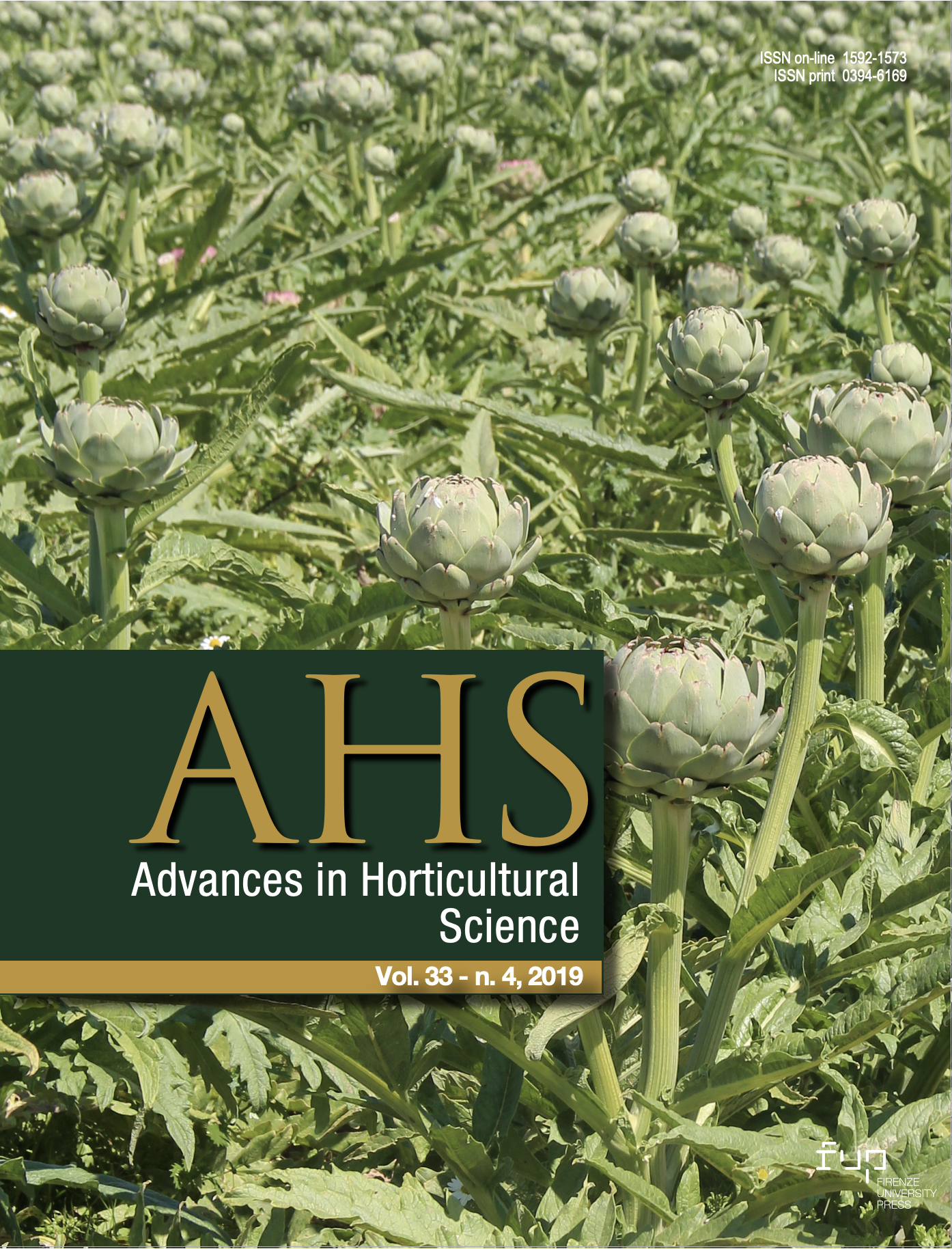Effect of different nutrient solution and irrigation regimes on growth of Lily (LA Hybrid 'Fangio')
Published 2020-02-27
Keywords
- nutrition,
- soilless culture,
- vase life,
- water consumption
How to Cite
Copyright (c) 2020 Z.S.N. Mohajer, Moazam Hassanpour Asil, J.-A. Olfati, M.R. Kaledian

This work is licensed under a Creative Commons Attribution 4.0 International License.
Abstract
A better understanding of the effects of nutrients element and irrigation levels on production of Lily (Lilium LA Hybrid Fangio) can lead to optimal uses of nutrients and water. Plant growth is strongly correlated with the amount of irrigation and fertilization. In this regard, a greenhouse experiment was carried out to evaluate the effect of different nutrient solution viz. high concentration of elements (S1), medium concentration of elements (S2), and high concentration of elements (S3) under different irrigation regimes (100, 90, 80 and 70 % of field capacity (FC) in soilless culture. In well-watered treatments (100% FC), S3 enhanced the vase life by 17% compared to S1. The maximum leaf number was observed in the interaction of S3 and 90% FC, whereas its minimum was found in the interaction of S1 and 70% FC. Under 70% FC, S3 increased the leaf length by 6% in comparison with S1. Leaf width was altered by simultaneous use of nutrient solution and irrigation, ranging from S2 and 80% FC (13.3 mm) to S1 and 70% FC (9 mm). In S3, 70% FC decreased the bud length by 9% relative to 100% FC. The days until flowering varied from the interaction of S2 and 70% FC (4.1 days) to S1 and 100% FC (6 days). Under S1 treatments, 70% FC decreased the flower number by 18% compared to 100% FC. The highest weight of daughter bulb was observed in interaction of S2 and 80% FC. In contrast, the lowest weight of daughter bulb was found in S2 and 90% FC.





